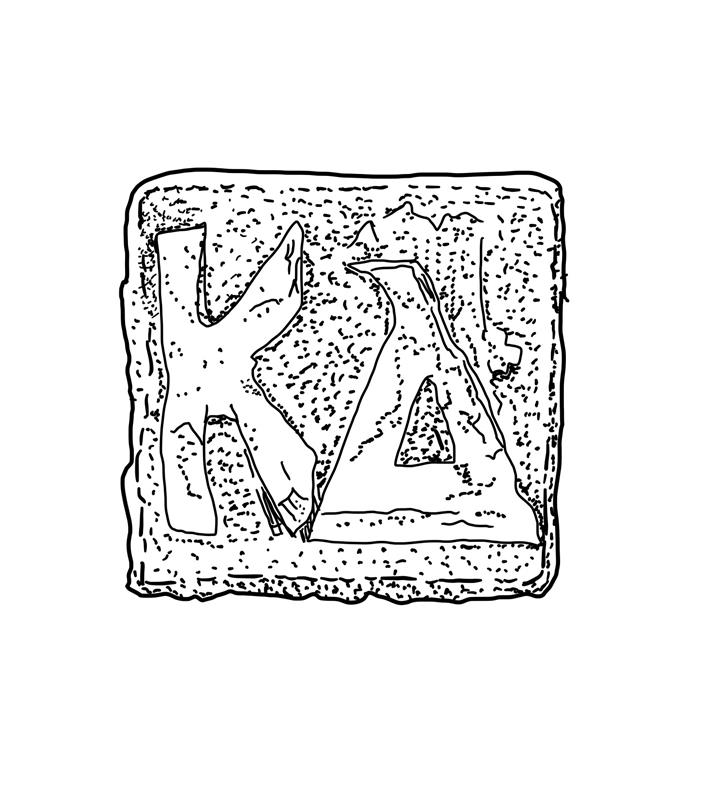Research recently published in the Israel Numismatic Research Journal has revealed the discovery of two unique coin weights specific to a curious era and use on Temple Rock. The Temple Mount Sifting Project, responsible for the discovery and research of the artifacts, reports that the precise craftsmanship and rare denomination of the weights suggest a connection to a Christian church. The weights have been dated to the fifth century, a time between the destruction of the Jewish Second Temple on the site in 70 CE and the construction of the Dome of the Rock in 688 CE (Britannica). During this 600-year stretch, historians have previously maintained that Temple Rock was deserted rubble leaving one to wonder: what was really going on up there on Temple Rock?
Jerusalem is a city of ancient and complicated history. The world’s largest religions all claim holy affiliation to it. Echoes of antiquated passion and power still ring through the streets and beyond, evidenced by the region’s current unrest. A land long occupied by giants of history and chroniclers of their deeds; it has an inimitably detailed record. Perhaps one of the most quintessential pieces of the city’s story is Temple Rock and the happenings thereon.
After decades of tension between the Jews and the occupying power of Rome, Jerusalem was sieged, and the temple razed under Roman directive. The following few centuries of Byzantium saw the city repopulated while Christianity spread, expedited by Emperor Constantine in the fourth century and maintained by nearly every emperor hence. There are extensive records of the Christian churches erected in Jerusalem during this age, but none report construction on Temple Rock. A decree issued by Emperor Justinian in the year 545 ordered that official government issued coin weights, like those discovered at Temple Rock, were to be held for safe keeping in the church of every city. (TMSP)
The weights were used to measure scraps of precious metals in the process of counting taxes. One of the specimens is made of glass and the other is made of a brass alloy, both weighing approximately 0.6 grams. This weight would be equal in gold to four keratia, a Roman currency installed by Emperor Constantine. Because this is such a small denomination, researchers believe the coin weights would have been part of larger weight sets crafted by imperial artisans.
The Temple Mount Sifting Project is an organization that sifts and processes the 9,000 tons of dirt illegally excavated from Temple Mount for renovations in 1999. Because the site is so sacred to three different religions, archaeological digging has been prohibited for a long time. When the mountain of dirt and potential artifacts was dumped at the turn of the century, archaeologists recognized an opportunity. Because of their work, we can have a chance to read between the lines of history. (TMSP)
There is no way of telling for certain that Christians threw a stake on Temple Mount in the fifth century. However, it can be asserted that the mysterious allure of the sacred site is as ancient as the city itself. Perhaps one day these secrets will be revealed.
For more information on this discovery and the Temple Mount Sifting Project, go to tmsifting.org.
Quindelynne Davis is a Dakota Student General Reporter. She can be reached at [email protected].


